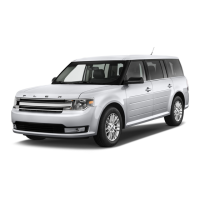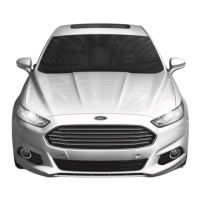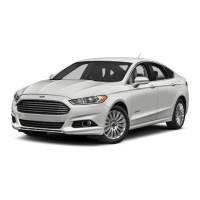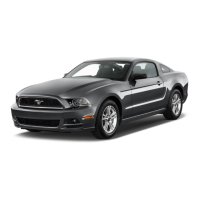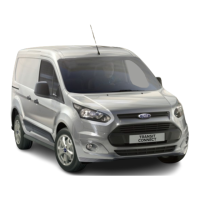Hot Weather
• Use a permanent-type engine coolant to protect the engine against
damage from overheating.
• Fill the fuel tank at the end of daily operation to prevent
condensation in the fuel system.
• Keep external surfaces of the engine, radiator, charge air cooler, A/C
condenser and accessories clean to avoid dirt build-up.
• Above normal coolant temperatures could be experienced while
driving in a transmission gear ratio which lugs the engine. To correct
this problem, engine speed should be increased by downshifting into
the next lower gear.
STEERING
Your vehicle is equipped with power steering. Power steering uses energy
from the engine to decrease the driver’s effort in steering the vehicle.
To help prevent damage to the power steering pump:
• Never hold the steering wheel to the extreme right or the extreme
left for more than a few seconds when the engine is running.
• Do not operate the vehicle with the power steering pump fluid level
below the ADD mark on the MAX. COLD side of the power steering
reservoir dipstick.
• Some noise is normal during operation. If the noise is excessive,
check for low power steering pump fluid level before seeking service
by your authorized dealer.
• Heavy or uneven steering efforts may be caused by low power
steering pump fluid level. Check for low power steering pump fluid
level before seeking service by your authorized dealer.
• Do not fill the power steering pump reservoir above the FULL mark
on the MAX. HOT side of the power steering reservoir dipstick, as
this may result in leaks from the reservoir.
If the power steering system breaks down (or if the engine is turned
off), you can steer the vehicle manually, but it takes more effort.
If the steering wanders or pulls, check for:
• underinflated tire(s) on any wheel(s)
• uneven vehicle loading
• high crown in center of road
• high crosswinds
• wheels out of alignment
• loose or worn suspension components.
170 Driving Aids
2013 F-650/750 (f67)
Owners Guide gf, 2nd Printing, March 2013
USA (fus)
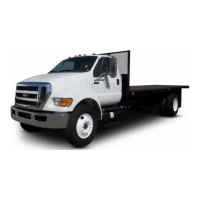
